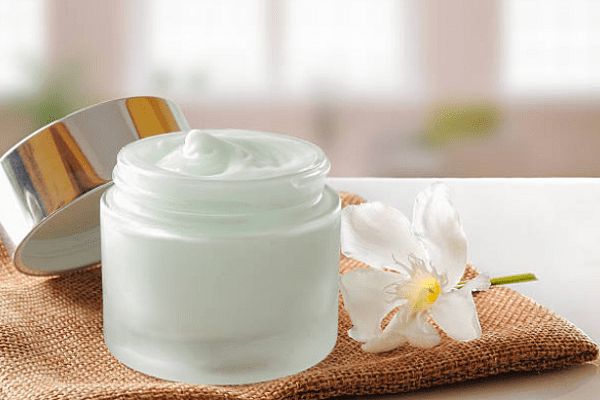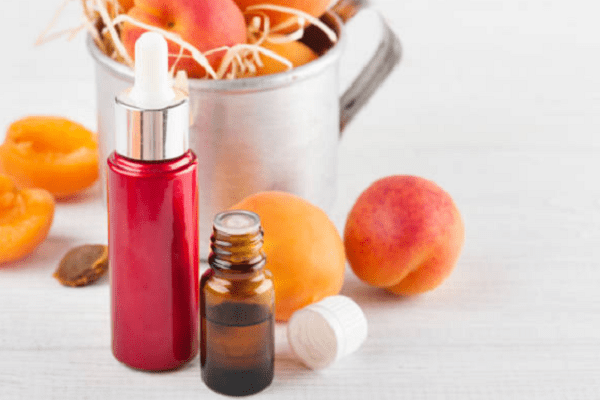Home cosmetology >>>> Fats in skin care
Fats in skin care

The human skin is naturally endowed with a fatty layer and glands that secrete a fatty secretion to lubricate the skin. This is how nature came up with to protect the skin from withering and exhaustion. The skin cells themselves have a membrane formed by fatty substances. This gives plasticity and elasticity to both the skin as a whole and its individual elements. Despite the fact that water is the primary source of life in the body, it should be remembered that fats play the role of a water depot. It is fats that the body can break down into the final product – water. And it is the lack of fat in the body that depletes its vitality.
This idea was borrowed from nature and used in the cosmetology and pharmaceutical industries, when they learned to create cosmetic and therapeutic and prophylactic products using fats and fat-like substances. These cosmetics have become useful to those people who face skin problems due to poor functioning of the sebaceous glands or metabolic disorders leading to depletion of subcutaneous fat.
Since ancient times, it has been noticed that human skin loves to be treated with oily substances. The skin becomes tight, shiny and dense due to the fact that a layer of fat protects it from external factors (sunlight, high temperatures, low temperatures, winds, cold or excessively hot water, salt water).
Natural fats have many functions - therapeutic, preventive and hygienic. It may seem strange, but it is healthier and more convenient to take care of the skin of your face and body if you use substances that contain fats (vegetable and animal) for such care. It is more convenient to dissolve fats secreted by the body onto the surface of the skin with other fats rather than with water.
The most popular fats that can be used for cosmetic purposes (medicinal and preventive) are today included in many cosmetic products for caring for the skin of the body and face. Lecithin is often included in skin nourishing cosmetics. This is one of the important natural components accompanying natural fats.

Most of the natural fats are convenient to use in home cosmetology for skin care. For example, the most effective vegetable fats in the field of home skin care include Olive oil, Sea buckthorn oil, Almond, Apricot and Peach seed oil, Burdock oil. Animal fats that are effective in treating and restoring the skin include Milk fat (high-fat cream and butter), Whale oil, and Fish oil. In cosmetics designed to nourish the skin, the substance Lecithin is often indicated as one of the important natural components accompanying fats.
These natural fats are very effective for external skin care. But many of them can be taken orally to support fat metabolism. These fats include Olive oil, Milk fat, Fish oil.
Fats in skin care play the role of a protective layer, a nourishing layer, and also play the role of a plasticizer when they replenish the loss of natural sebum.
There are a number of fat-like substances, along with fats, used in skin care. Such substances include natural waxes (beeswax, spermaceti, lanolin) and petroleum jelly. Beeswax is extracted from bees' honeycombs. Spermaceti wax is extracted from the lubricant of whale skin. Lanolin wax is obtained from the skin lubricant of sheep skin (by washing it off the wool). Vaseline (Vaseline oil) for the cosmetic and pharmaceutical industries is obtained by highly purifying oil. These substances play the role of protection and softening, but not nourishment of the skin. They prevent excessive water loss and protect against external harmful irritants (chemical, mechanical or temperature). By their nature, Spermaceti and Lanolin waxes are similar to the functions of human sebum. Beeswax and Vaseline form a thin film barrier on the skin, protecting it from irritation and dehydration. All products containing these substances belong to the category of protective cosmetic or protective medicinal products for the skin. They are applied to the skin when it has already received nutrition and water. Products with waxes or petroleum jelly should not be applied to degreased and/or dehydrated skin.
You should know that frequent and improper use of natural waxes and petroleum jelly in skin care can cause the opposite effect - the development of dermatitis. Vaseline and its derivatives can over time cause the skin to turn various shades of brown, which is a manifestation of a disease associated with toxic poisoning of the body with hydrocarbons.
Unlike natural waxes and petroleum jelly, natural fats (vegetable and animal) do not harm the skin with prolonged use. But they tend to deteriorate (rancidity) and thereby cause an unpleasant odor. For this reason, products based on natural oils and fats are stored under strictly defined conditions and are not stored beyond their expiration date.
Most natural fats, as well as natural spermaceti wax, have the property of having a regenerative effect on the skin. This property of fats is very useful not only for skin care, but also for the purpose of its cellular restoration.

Read

Read



























